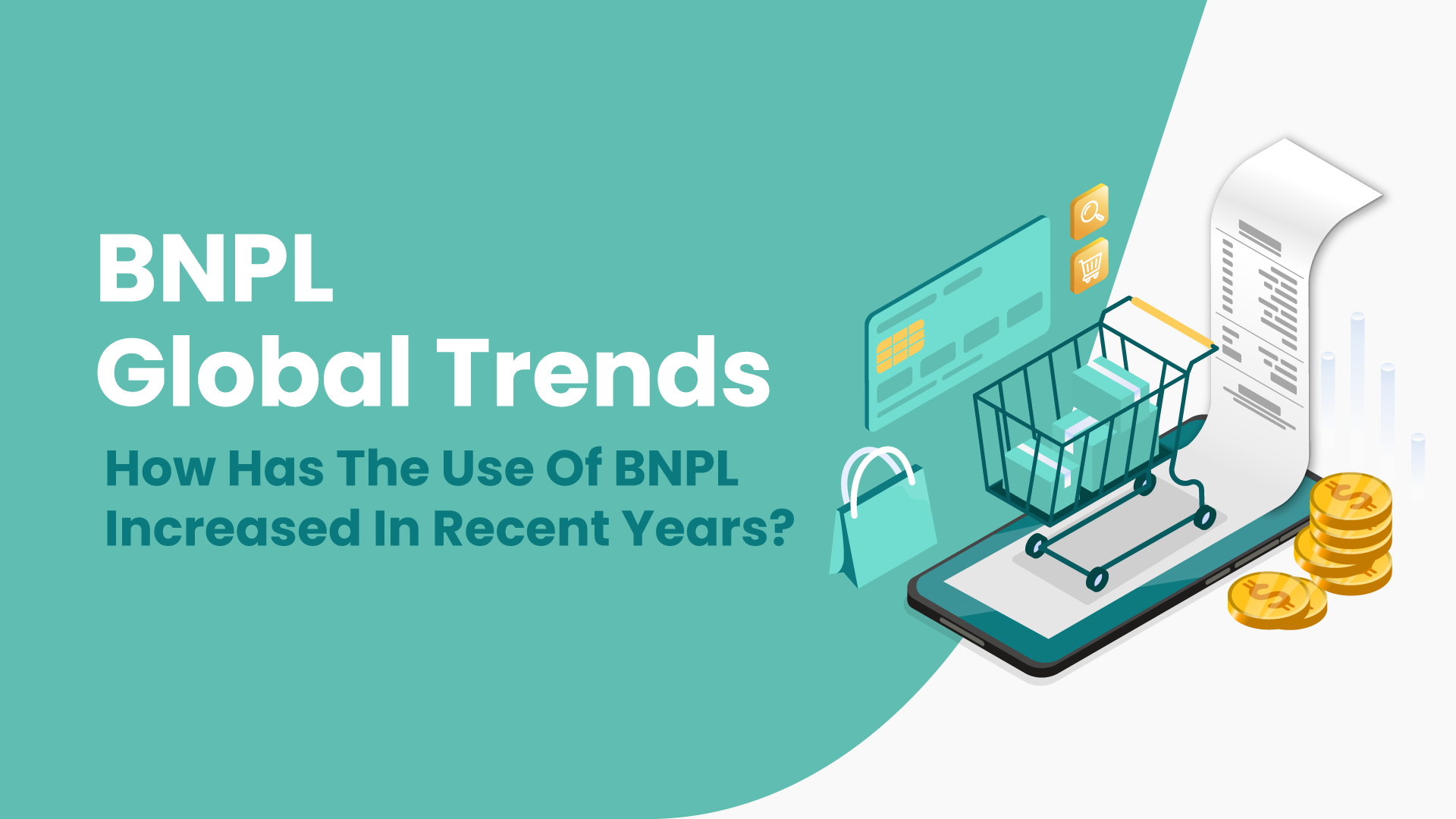In today’s digital lending landscape, compliance with Anti-Money Laundering (AML) regulations is a business necessity. As the sector races toward $11.6 billion by 2025 with over 20% annual growth, regulators are increasing their scrutiny, especially as criminals exploit online platforms to launder illicit funds. Digital lenders are now prime targets, with a 35% year-over-year rise in suspicious transaction reports and global online payment fraud costs projected to surpass $362 billion in five years.
Regulatory attention has been growing since at least 2015, when the U.S. House Committee on Small Business first examined marketplace lending. Today, markets across APAC—including Singapore, Indonesia, and the Philippines—are modernizing compliance expectations. For digital lenders, from BNPL providers to remittance platforms, understanding how to detect and prevent money laundering is essential to managing risk and staying compliant.
Why Money Laundering Poses a Unique Risk to Online Lenders
Every digital leader must contend with one uncomfortable truth: where money flows quickly and digitally, laundering risk follows. Unlike traditional institutions, online lenders often serve users with limited or no credit history, high mobile engagements and cross-border transaction patterns — all of which introduce complexity into AML monitoring.
Money launderers are increasingly embedding themselves into legitimate-looking loan applications. They borrow seemingly modest sums using synthetic or stolen identities, repay those loans with illicit funds, and effectively “clean” their money through your platform. This technique, known as placement — the first step in the classic money laundering cycle — turns your service into an unintentional entry point for financial crime.
The consequences are significant:
- Regulatory exposure: Failure to flag suspicious activity can trigger audits, investigations, or license revocation.
- Fines and penalties: APAC regulators are following global trends, with record AML fines already issued in jurisdictions like Singapore and Hong Kong.
- Reputation risk: Even a single high-profile case of AML non-compliance can erode stakeholder trust — and send customers fleeing to competitors
Worse still, responding to AML incidents isn’t just a compliance burden. It often requires a full-scale mobilization across departments — legal, compliance, engineering and fraud — to investigate and remediate, eating up valuable time and resources.
How Do You Detect Money Laundering in Online Lending?
Detecting money laundering in online lending requires more than a checkbox approach to compliance. It demands a proactive, multi-layered strategy that blends customer screening, real-time transaction monitoring and digital footprint analysis, especially in high-growth fintech markets.
Here’s how modern lenders can detect AML threats more effectively:
1. Know Who You’re Dealing With
Customer onboarding should begin with intelligent screening — not just verifying government-issued ID, but assessing the digital footprint. A lack of online presence, mismatched IP location or anonymized devices can signal synthetic or manipulated identities often used in laundering schemes.
Screen users against:
2. Monitor for Anomalous Transactions
Effective AML compliance hinges on real-time transaction monitoring that flags irregular repayment behavior or money flow. For example:
- Repayments made in frequent small amounts (a common layering tactic)
- Overpayments or early repayments inconsistent with borrower profile
- Single transactions exceeding jurisdictional thresholds (e.g. $3,000 in the U.S. or S$20,000 in Singapore)
These signals should trigger review workflows, with alerts escalating to your compliance team when necessary.
3. Investigate and Log Suspicious Activity
Every interaction should feed into a risk engine capable of adapting to emerging laundering behaviors. Systems should support automated SAR flagging and audit-ready logging — vital for demonstrating diligence to regulators in case of review.
With SEON, online lenders can configure custom rules that score borrower behavior in real-time, enabling them to focus resources where risk is highest. The result: lower false positives, faster decisions and a stronger compliance posture without adding friction to the user experience.
Top 3 Custom Rules for AML in Online Lending
Modern online lenders need agility — not just to grow fast, but to screen smarter. With configurable rule engines like SEON’s, lenders can automate the detection of suspicious behaviors while staying aligned with regional AML frameworks in Singapore, Indonesia, Hong Kong, and beyond.
Here are three impactful custom rules you can deploy:
1. IP Address Originates from a Sanctioned or High-Risk Country
Geolocation data remains one of the fastest ways to detect risk early. If a user attempts to apply for a loan from a country under sanctions or flagged by your jurisdiction’s AML guidelines, the system should automatically trigger a manual review or block the action outright.
SEON in action: Configure a rule to assign a high-risk score if the borrower’s IP is from a sanctioned region. Combined with velocity checks or device spoofing indicators, this rule adds depth to your initial customer screening process, helping you catch bad actors before they access your platform.
2. Unusual Increase in Repayment Volume
A spike in repayment activity may not always be good news. If a user suddenly begins repaying in larger-than-usual amounts, especially after a dormant period, it may be an attempt to legitimize illicit funds.
Use velocity checks to compare repayment patterns over a set period:
- Flag a user if repayments exceed their historical average by 2–3x.
- Trigger a risk score increase or auto-review if multiple repayments occur within a short timeframe.
This is particularly relevant in BNPL or short-term loan models prevalent in Southeast Asia.
3. Repayment Amount Exceeds Local AML Thresholds
Jurisdictions across APAC have set specific transaction thresholds for AML reporting, such as S$20,000 in Singapore or IDR 100 million in Indonesia. If a borrower makes a repayment exceeding the local limit, it should be automatically flagged for compliance review and logging.
SEON in action: Combine this rule with behavioral data. For example, if the repayment comes from a device or browser not previously associated with the customer, you can escalate the score and assign a case to your compliance team.
These rules aren’t theoretical. SEON customers across lending, BNPL and payments use them daily to reduce manual reviews, identify suspicious patterns earlier and remain audit-ready.
Boost your AML compliance without introducing friction – and stop more fraud.
Speak with an Expert
How SEON Helps Online Lenders Simplify AML Compliance
SEON offers a combination of customer intelligence, anti-fraud and AML tools, all designed to let you knSEON equips online lenders with a modular AML toolkit designed for speed, accuracy and flexibility, without compromising the user experience. Whether you operate in a mature regulatory environment or emerging spaces, our platform helps you stay compliant while scaling your business.
Here’s how SEON supports AML compliance across the lending lifecycle:
- Real-Time Customer Screening: Screen users against global AML databases, including sanctions, PEP and watchlists, during onboarding or at any point in their journey. You can automate checks or build them into your loan approval process based on jurisdictional requirements.
- Advanced Digital Footprint Analysis: Use SEON’s data enrichment engine to assess the legitimacy of a user based on digital signals like email, phone, IP and device. A limited digital footprint or the use of privacy tools may indicate a fraudulent or high-risk profile, especially in regions where ID documents are more easily manipulated.
- Transaction & Payment Screening: Monitor loan repayments, overpayments and transaction spikes in real time. Configure thresholds based on your market (e.g., MYR, IDR, HKD) and get alerted when repayment behavior falls outside expected norms. Our system is built to adapt across BNPL, payday lending and traditional installment structures.
- Configurable Rules & Risk Scoring: Leverage our no-code rules engine to fine-tune your AML strategy. Assign risk scores based on borrower behavior, device signals, location and transaction history, then escalate or automate decisions accordingly.
- Audit-Ready Reporting: SEON logs every AML-related decision and alert, so you’re ready for internal audits or regulatory reviews. Reduce your team’s manual burden while maintaining end-to-end visibility.
Whether your goal is to meet AML obligations, reduce manual investigations or accelerate onboarding for good users, SEON helps you do it with precision and without friction.








